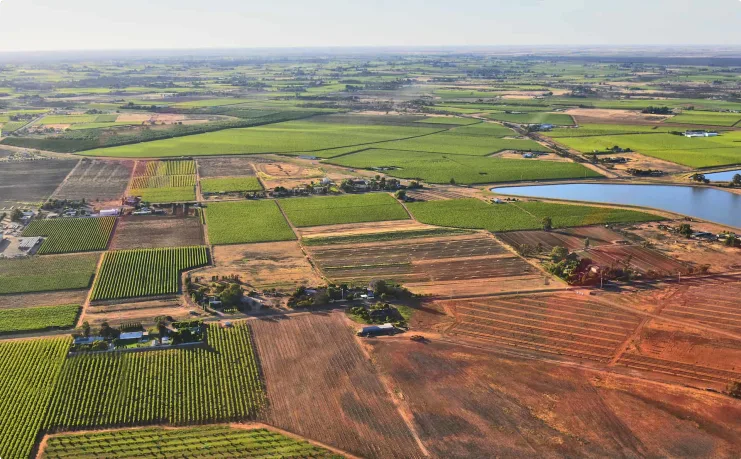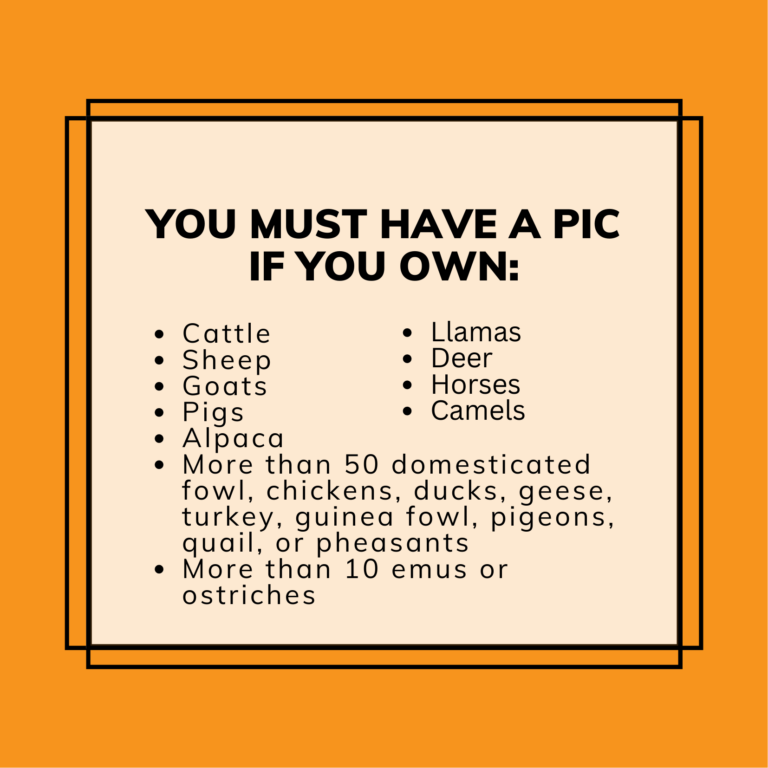Property Identification Code (PIC)
A Property Identification Code (PIC) is the eight-character alphanumeric code allocated by Agriculture Victoria. It’s used for tracing and controlling disease and residue problems that may be detected, and for locating properties, and contacting owners and industry representatives. They can also used for emergency relief and recovery activities within an impacted zone.
PICs are free! Victorian PICs begin with the numeral 3, followed by four letters and three more numerals, for example, 3ABCD123.
A single PIC can be allocated to a property consisting of more than one block of land, provided the blocks are part of the one enterprise and are within the same locality or in adjacent localities.
When To Use The PIC
If you decide, you want to sell your cattle/sheep/goats, you must include your PIC in the ad. Under the Livestock Disease Control Regulations 2017, it would be an offence even if you are giving the livestock away or bartered via online or print media without a PIC.
A PIC is not required if the sale is through a livestock agent and the agent’s name and contact details have been included in the advertisement.
If you are found without a PIC you will be fined 60 penalty units (~$11,095.20 until 30 June 2023).
Keeping Up To Date
You’re required to make changes to your PIC if you have:
- Changed contact details
- Hired a new farm manager
- Changed ownership of the property
Changes to the PIC must be made within 28 days these details changing.
Further Resources
Read more on the Agriculture Victoria website
Livestock Disease Control Act 1994
Livestock Diseases Control Regulations 2017
For further information, please contact the VFF Stock Sense team on 1300 882 833 or by email [email protected]
Disclaimer: All care is taken in the preparation of the information and published materials produced by the Victorian Farmers Federation (VFF) including but not limited to errors, defects or omissions in the information provided. VFF does not make any representations or give any warranties about the accuracy, reliability, completeness, or suitability for any particular purpose in the preparation of the information and published materials. This publication is intended for general information purposes only and does not constitute financial, legal, investment, production, or marketing advice. To the maximum extent permitted by law, the VFF and all persons acting on behalf of the VFF in preparing documents, are excluded from all and any liability for any loss or damage of any kind arising in relation to this publication including any reliance on the information contained herein.

